A waiter places a ladder against one of the palm trees that surround Niazi’s Restaurant in Famagusta, Cyprus. He swiftly ascends to the top rung to harvest one of the abundant clusters of dates that hang from the tree. A few minutes later, some of those dates—sticky sweet, almost overripe—are on our table, along with a basket of oven-fresh lavaş and black olives, seasoned with red pepper flakes and oregano.
At first glance, Niazi’s could be any Turkish ocakbaşı—a genre of restaurant that specializes in kebabs. This is the cuisine many people expect when they hear the words “Turkish food”—chunks of lamb, beef and chicken grilled over charcoal. The dishes are familiar, if not ubiquitous. But we soon discover Niazi’s is anything but typical.
The restaurant was founded by Niyazi Aydeniz in 1949 on the south coast of Cyprus in Limassol. What started as a small, roadside restaurant in a gas station parking lot expanded into a thriving business, particularly popular with the English soldiers stationed on the then British colony. Today, Niazi’s has locations in Kyrenia, Famagusta and Nicosia.
The server recommends the fixed menu, which Niazi’s calls “the full kebab.” It is advice well heeded. First comes an assortment of cold meze: oven-roasted eggplant and zucchini served chilled with a drizzle of garlic yogurt, small bowls of hummus, and minty cacık. Next, a big, leafy salad generously doused in lemon juice and olive oil, topped with heirloom tomatoes and rings of raw onion. It’s simple, but like most things at Niazi’s, it’s executed with an attention to detail. Perhaps the quality is best attributed to the fact all of Niazi’s produce comes from its own organically-farmed vegetable garden.
Then the meat arrives. Spicy, gamey şeftali kebab is paired with köfte, meatballs seasoned with parsley and cumin. Thick cuts of halloumi cheese—a salty blend of goat and sheep’s milk—is pan fried until crispy. Shish kebabs with chunks of caramelized fat are dramatically de-skewered tableside, soon joined by a plate of lamb döner and raw onion, sprinkled with a generous dusting of sumac.
The largest course then arrives: a spicy Adana kebab—a mixture of ground beef and red pepper. It’s a constant carousel of courses that enlists most of the wait staff; it’s an exercise in epicurean indulgence that tests the limits of even the most hedonistic carnivore. The opulent menu is best enjoyed with friends and digested over small cups of bitter Cypriot coffee.
“It’s everything that Turks love—certainly everything that I love,” says Selin Kiazim, chef and partner at Oklava, a restaurant in London’s Shoreditch neighborhood. “We always enjoyed going there as a family.”

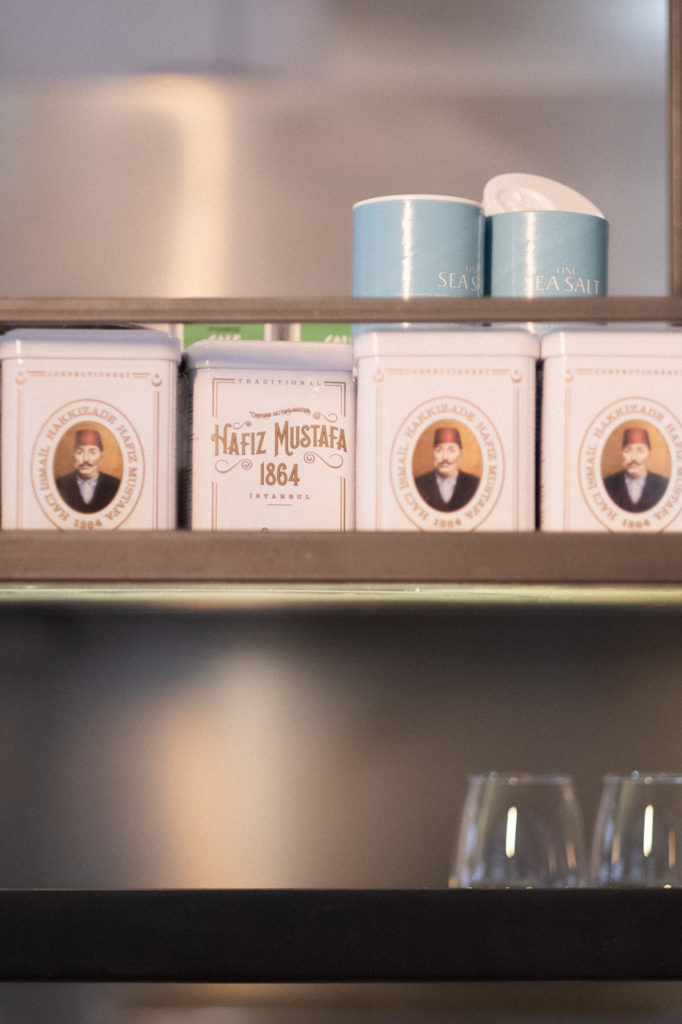
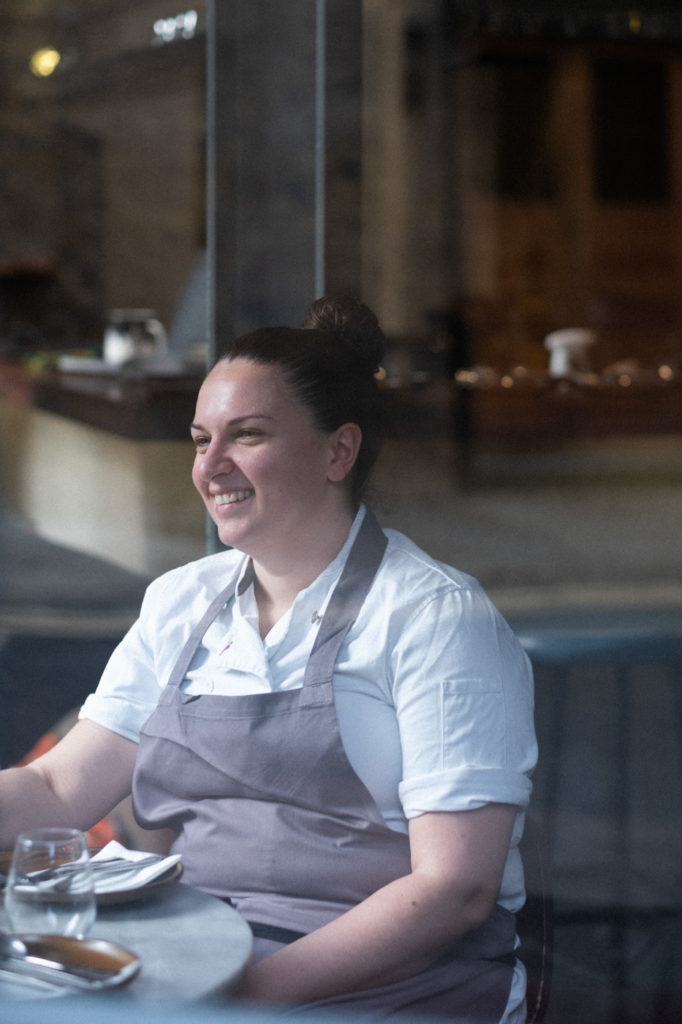
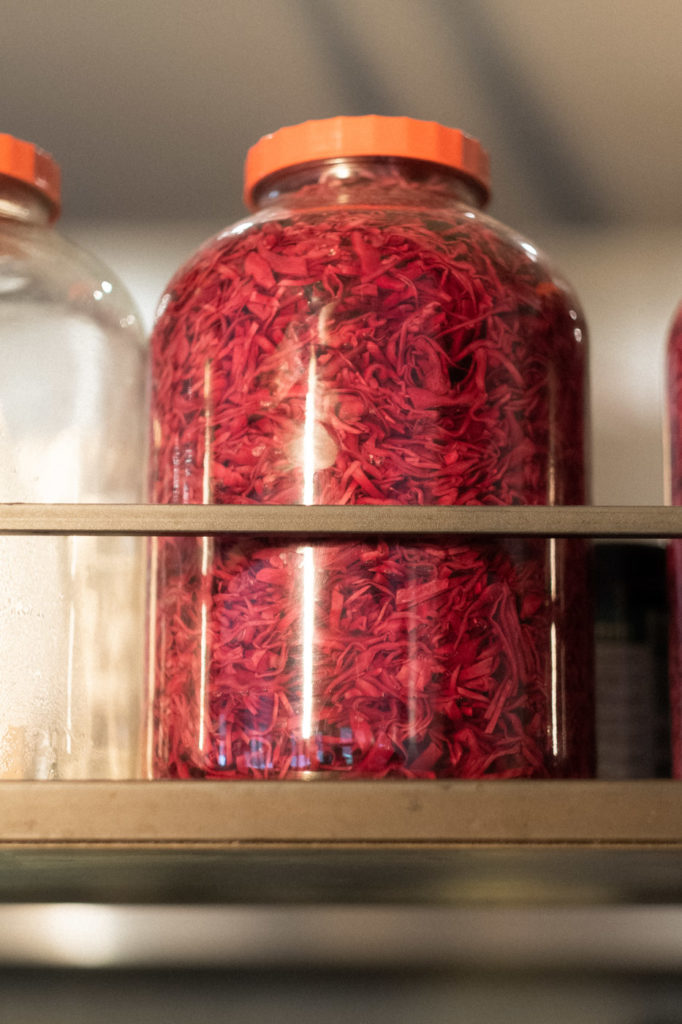
Kiazim is a London native, but grew up spending summers with her grandparents in Northern Cyprus. On special occasions Kiazim’s family would dine at Niazi’s Kyrenia location. Most meals, however, came from her grandmother’s kitchen. For Kiazim, memories of her grandmother cooking for the family provided the foundation for Oklava, named for the Turkish word for “rolling pin.”
“I think of the most incredible salads we would go and pick from the garden,” says Kiazim. “All of the things she would bake with her oklava—her börek, [and] her wonderful bread, which we make every day at the restaurant exactly how she makes it.”
If Niazi’s is the seventy-year-old classic, an untouched time capsule of culinary tradition—Oklava is the iconoclastic innovator, updating cherished recipes for the twenty-first century. For Kiazim, traditional Cypriot recipes are less of a template and more of the launching pad, as captured in her cookbook, Oklava: Recipes from a Turkish-Cypriot Kitchen.
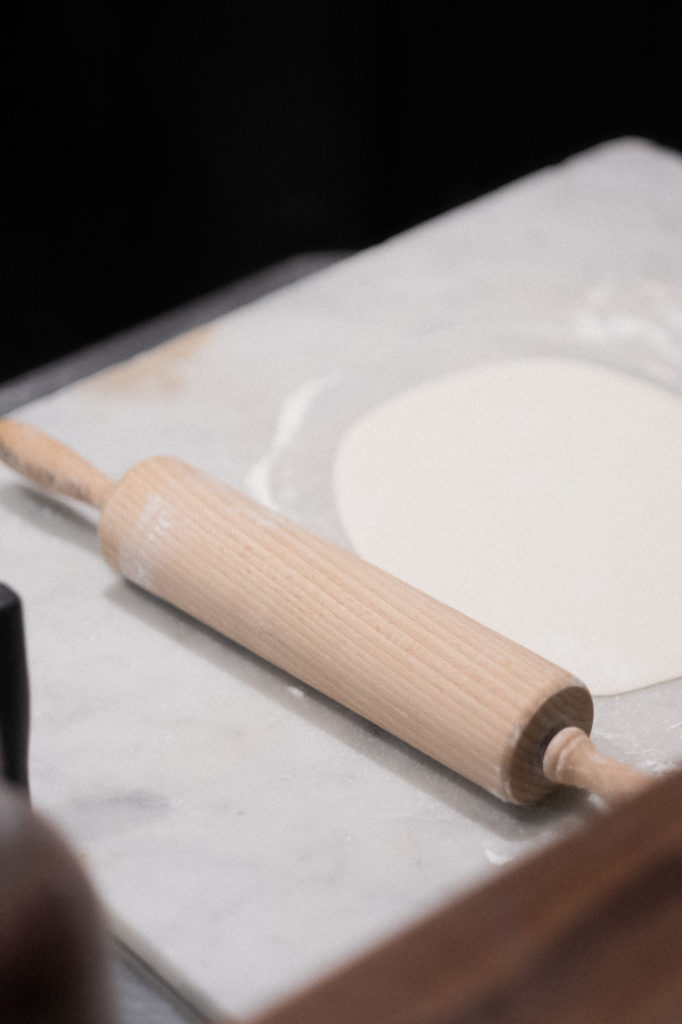
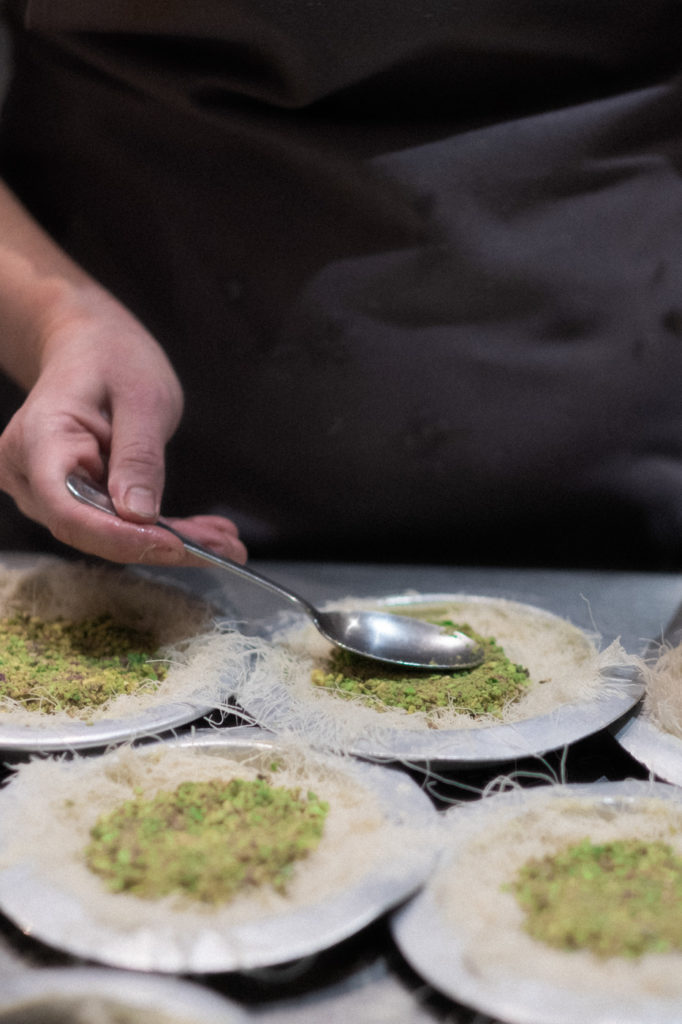
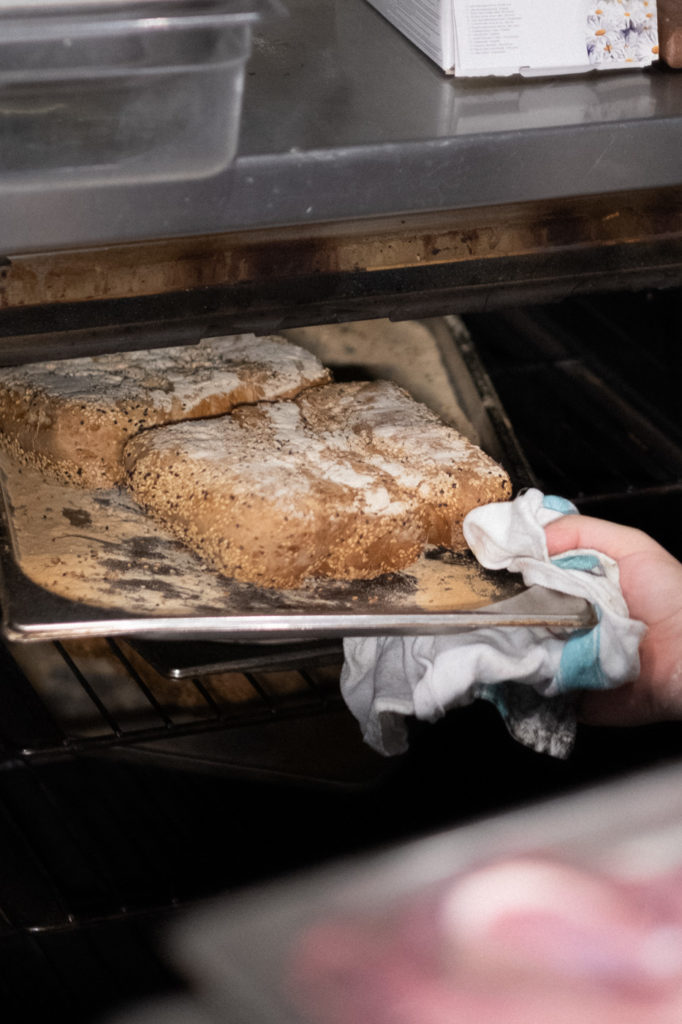

Despite Oklava’s modernist flourishes, traditionalists will find much they can appreciate. The flatbreads, lahmacun and pide, are fired in a brick oven. Although the wine list mostly features Turkey, Georgia and Armenia, Oklava’s house-made ayran—a salted yogurt drink—is served the traditional Cypriot way with dried mint flakes.
In contrast to many of the flavors one might expect from the Eastern Mediterranean, Cypriot cuisine tends to be understated when it comes to seasoning. For Kiazim, this reflects the purity of the local ingredients. “The produce that grows on the island is incredible. Very little needs to be done to it. Just pick it, wash it, and cook it,” she says.
It’s a sentiment shared by Greek Cypriot food writer Paola Papacosta. “What is really important in our food is the simplicity of it,” she says. Papacosta publishes the Nicosia-based food blog Cypriot and Proud. Papacosta refers to a multitude of influences; “We are in between Greece, Turkey, Egypt and the Middle East, as well as having been conquered by every ancient civilization.”
The cosmopolitan population of the island reflects its history as a maritime crossroads. Cyprus is the third largest Mediterranean island and the eastern-most European Union member state. Geographically, the island is closer to Lebanon and Syria than its closest EU neighbor. Historically, Greek, Turkish, Armenian and Maronite Cypriots lived side-by-side, sharing a common Cypriot identity despite differences in religion and ethnicity.
But everything changed in 1974.
An Island Divided
Turkish Cypriots make up roughly twenty percent of Cyprus’ population. The community dates back to when the Ottoman Empire conquered the island in 1570, then a Venetian possession. The Ottomans leased the island to the British in 1878, and in 1923 the newly formed Republic of Turkey relinquished any claim to the island at the treaty of Lausanne.
The large majority of Cyprus is ethnically Greek. Under British rule, many Greek Cypriots began to fight for enosis, or unification with Greece. In 1960, the newly formed Republic of Cyprus obtained independence, with the United Kingdom, Greece and Turkey acting as guarantors of the new nation state. Many Cypriots, however, never gave up on unification with Greece. After a rocky fourteen years of self-governance, the national guard, backed by the military dictatorship in Greece, overthrew the Cypriot government in a coup d’etat.
Turkey quickly responded. Under the auspices of protecting the Turkish Cypriot minority, Turkish armed forces quickly secured the north coast in an amphibious assault. Paratroopers landed in the capital of Nicosia. The city of Famagusta was bombed. Soon almost forty percent of the island was under Turkish control.

In the aftermath of the Turkish invasion, Greek Cypriots in the north were forced to relocate to the south, and Turkish Cypriots in turn relocated to the north. Many families lost all of their possessions.
In all, more than thirty percent of the island’s population was displaced by the conflict, including the Aydeniz family, who were forced to move from Limassol to Kyrenia. It would take them several years to reopen Niazi’s. Forty-five years later, more than 1,500 people—both Greek and Turkish Cypriots—are still missing. The discovery of mass graves, many bodies with their hands tied, reveal ethnic cleansing committed by both sides.
In 1983, the Turkish-controlled partition declared itself the Turkish Republic of North Cyprus, an autonomous country recognized only by Turkey. For Greek Cypriots, and by association the European Union, North Cyprus is Turkish-occupied Cyprus.
Although most Cypriots have grown up with the status quo, the wounds are still fresh with the older generation. “Many people are scared of taking risks, or scared to be happy just because they lost everything forty years ago— including my in-laws,” says Papacosta. “We have a sense of insecurity, but we love a good life so much that we don’t let that affect our everyday lives.”
Papacosta lives in Nicosia, which serves as the capital city for both sides. The city, like the whole island, is divided by the “Green Zone,” a demilitarized strip of land patrolled by a United Nations peacekeeping force. Although thousands of people—mostly sunburnt tourists—freely cross between one of several checkpoints daily, tensions still run high. On foot, the crossing is particularly eery, as one passes through thirty odd meters of abandoned buildings, largely untouched since 1974.
Recent attempts to unify the island showed some promise, but have been complicated by the discovery of offshore oil deposits. The idea of reunification enjoys broad popular support on both sides of the island, but politically, prospects of a united Cyprus seem as bleak as ever. “I would love to see [Cyprus reunited], but I have been listening to the same headlines since the day I was born,” says Papacosta. “God help us with that.”
A Common Cuisine
In Famagusta, a block away from Niazi’s, an inspirational message for the community streams in moving lights between the twin minarets of the Osman Fazıl Polat Paşa Mosque: “Helal kazan, helal ye.” Obtain halal, eat halal.
It’s a message that perhaps needs reinforcing, as Turkish Cypriots tend to have lax attitudes towards Islamic dietary laws. Alcohol flows freely in North Cyprus and is largely untaxed. As a tie-over from British colonial days, Scotch outsells Turkish rakı as the libation of choice. Nonetheless, pork—the predominant protein in Greek Cypriot cuisine—is noticeably absent. “They’re practically the same dishes,” says Kiazim. “One of the key differences is on the Greek side they use pork and on the north side they don’t.”
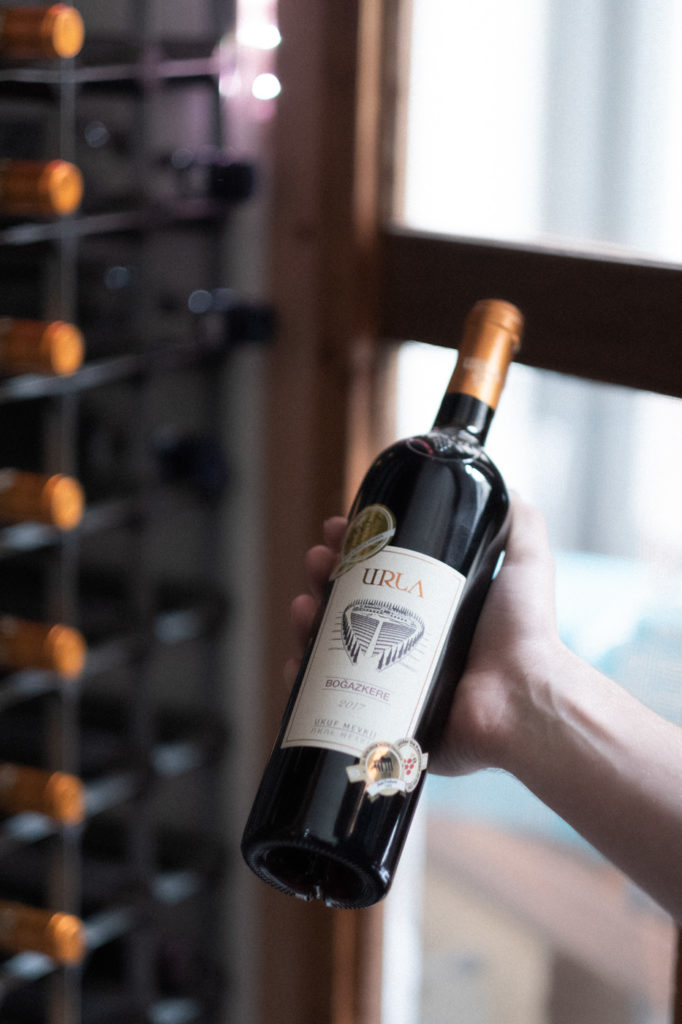
There’s perhaps no better example of this than şeftali kebabı, known as sheftalia in Greek. For Turkish Cypriots, şeftali kebabı is the national dish, as demonstrated by the fact it’s often translated as “Cypriot kebab” in English, rather than the literal “peach kebab.” “İt’s an incredible flavor. It’s my favorite kebab,” says Kiazim, who offers her own version of şeftali kebabı at Oklava.
Despite the local enthusiasm, it remains little known off the island. “Even with people from Turkey, there’s a significant number of people who have never heard of şeftali kebab,” she says.
The Turkish version is a sort of sausage, made with a blend of ground lamb, onion and spices. The mixture is wrapped in caul fat—the membrane that surrounds the stomach and other internal organs—rather than conventional sausage casing. Most of the caul fat melts away as it’s grilled, creating a chewy, caramelized crust. Greek Cypriots usually make the dish with pork, but the seasoning and preparation is virtually identical.
Whether it’s şeftali kebab, grilled halloumi cheese, or strong cups of Cypriot coffee, to an outside observer, Turkish and Greek Cypriot have more commonalities than differences. “It was very much a shared island,” says Kiazim. “And these dishes were born on that island.”





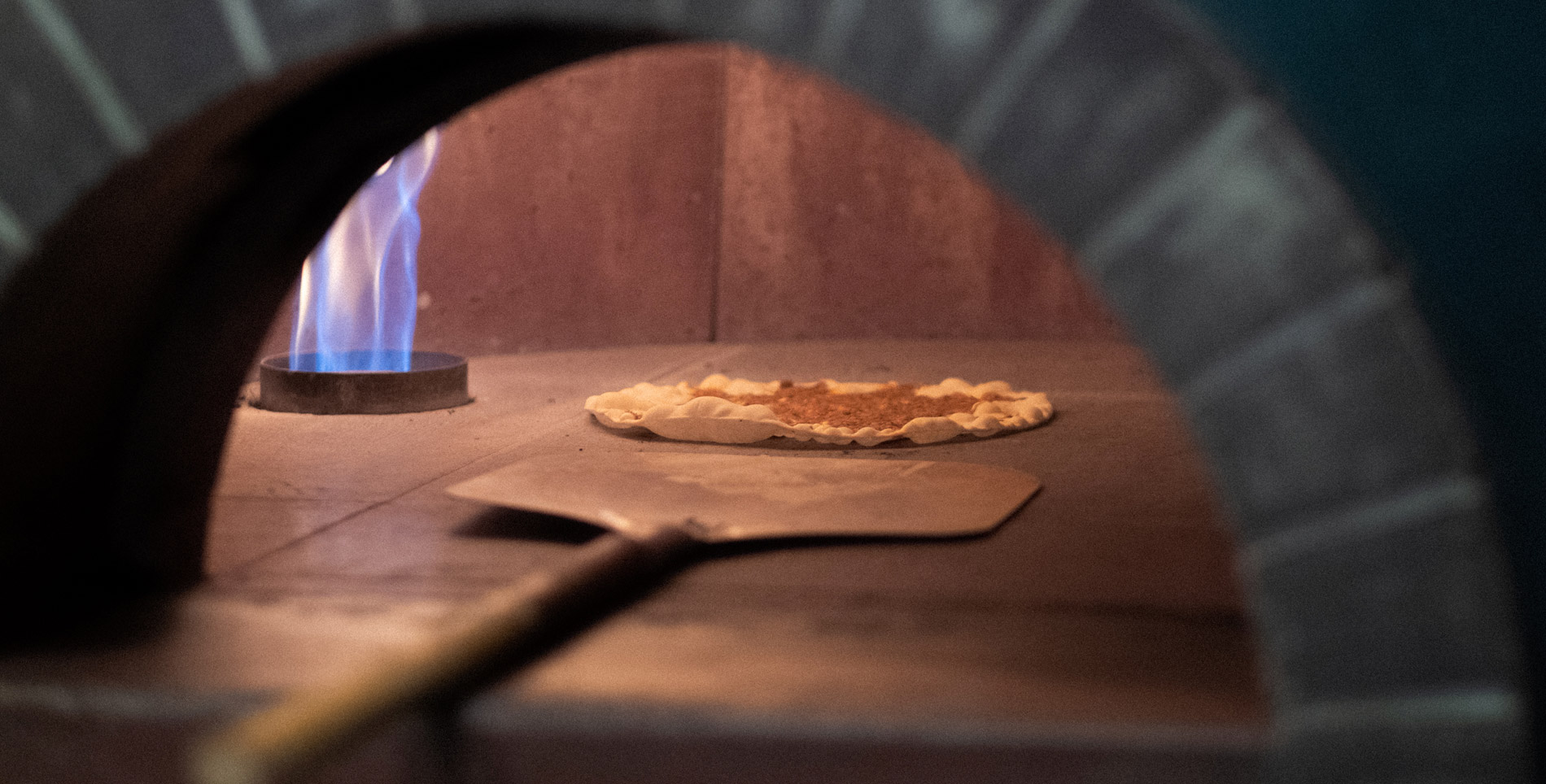

Our comments section is for members only.
Join today to gain exclusive access.